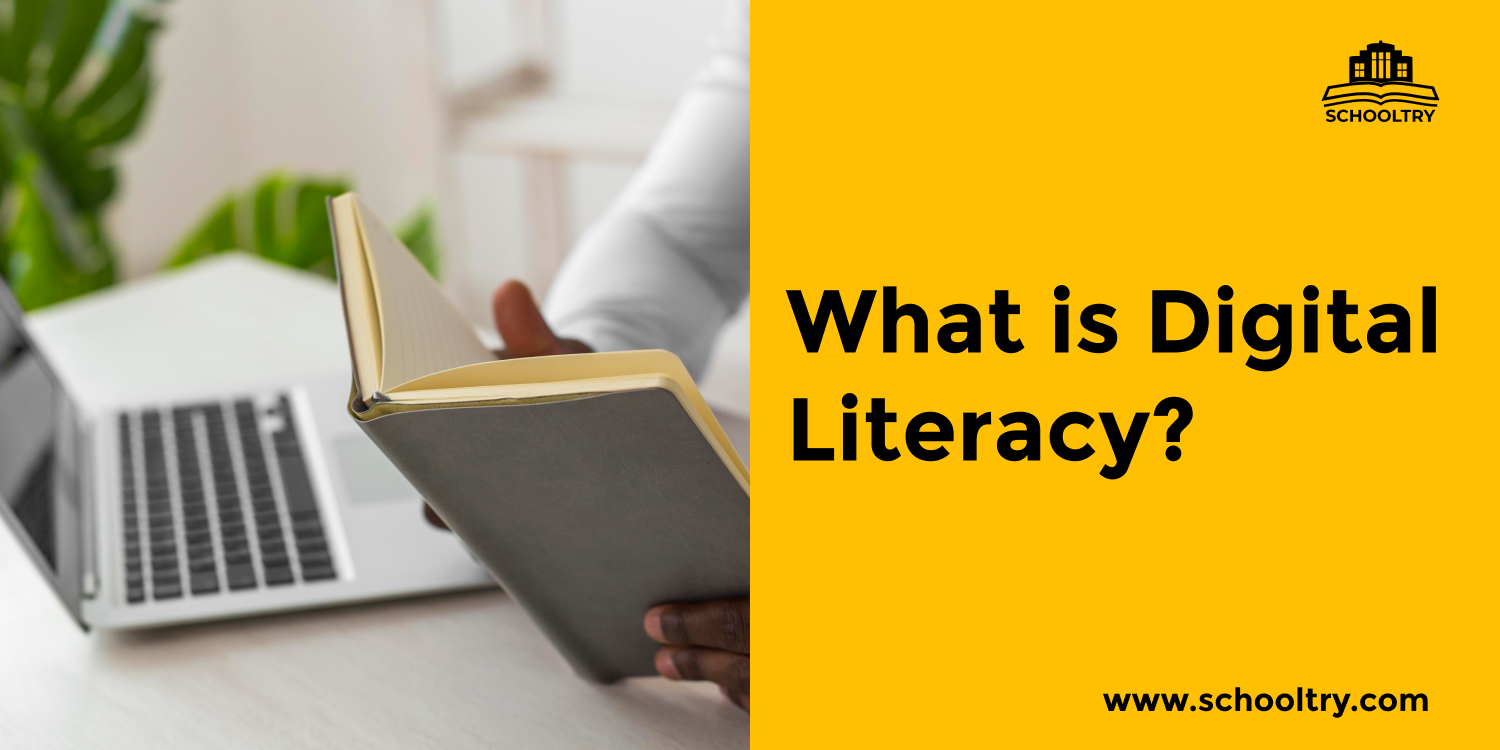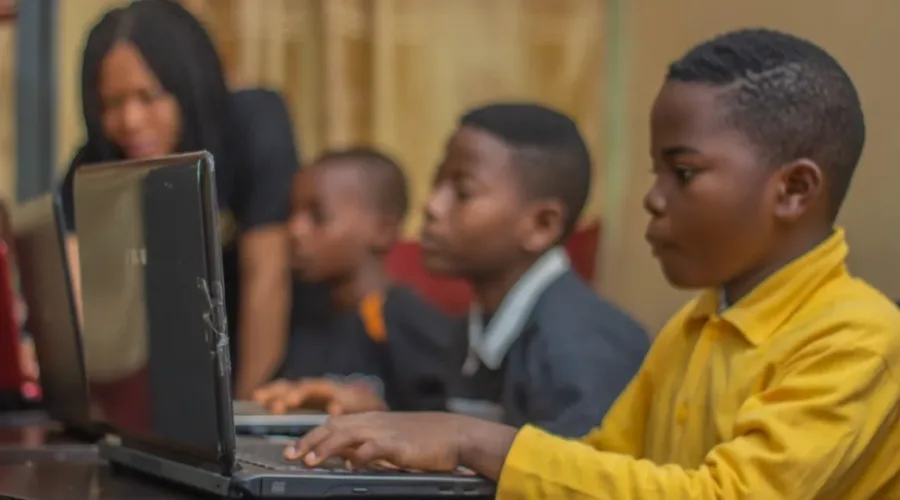In today’s increasingly digital world, the term “digital literacy” has become more than just a buzzword – it’s an essential skill set for individuals of all ages and backgrounds. Thus, “what is digital literacy?”
Let’s dive in,
Digital literacy is an individual’s ability to find, evaluate, and communicate information using typing or digital media platforms. It is a combination of both technical and cognitive abilities in using information and communication technologies to create, evaluate, and share information.
What does Digital Literacy entail?
1. Digital skills:
Digital literacy encompasses a range of skills that enable individuals to effectively navigate, evaluate, and create information using digital technologies. It goes beyond basic computer literacy and encompasses competencies such as information literacy, media literacy, critical thinking, and technical proficiency. In essence, It empowers individuals to interact with digital tools and resources confidently and responsibly.
2. Navigation of digital devices:
At its core, digital literacy involves the ability to access and use digital devices and platforms proficiently. This includes understanding how to operate computers, smartphones, tablets, and other digital devices, as well as navigating various software applications and online platforms. From sending emails and browsing the internet to using productivity tools and social media platforms, it equips individuals with the skills they need to participate fully in the digital age.
3. Evaluation of information:
Digital literacy extends beyond mere technical skills. It also encompasses the ability to critically evaluate and analyze digital information. In an era of rampant misinformation and fake news, being able to discern credible sources from unreliable ones is more important than ever. Also, it enables individuals to evaluate the credibility and validity of online information, distinguish between fact and opinion, and identify bias and misinformation.
4. Communication and collaboration:
It empowers individuals to effectively communicate and collaborate in digital environments. Whether it’s participating in online discussions, collaborating on projects using cloud-based tools, or leveraging social media for networking and professional development, digital literacy enables individuals to engage meaningfully with others in the digital realm.
5. Digital citizenship and online safety:
Another crucial aspect of digital literacy is understanding issues related to digital citizenship and online safety. This includes practicing responsible digital behavior, respecting the rights and privacy of others, and safeguarding personal information online. It equips individuals with the knowledge and skills they need to navigate the digital landscape safely and ethically, protecting themselves and others from online threats and risks.
Conclusion
In conclusion, digital literacy is a multifaceted skill set that is indispensable in today’s digital world. It encompasses technical skills, critical thinking abilities, communication and collaboration skills, and digital citizenship competencies. By fostering this among individuals of all ages and backgrounds, we can empower them to thrive in the digital age and become responsible and informed citizens of the world.
Are you a school owner or administrator in need of a web solution like SchoolTry to automate, digitize or transform your school works. Click on this link to register for free and see how it works.




